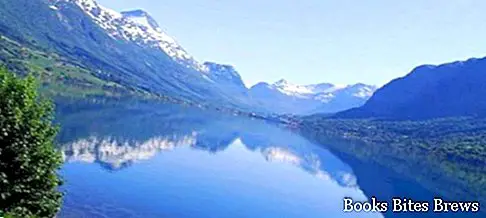What is meant by fjords, where they are and what they consist of, how they originate, best times to go and see them in northern Europe.
Meaning of fjord
The word fjord derives from the Norwegian fjord and has the meaning of landing.
These are sea branches located in Norway that enter the coast for many kilometers filling an old river or glacial valley.
Most often the walls of the fjord are steep, steep and covered with forests.
The Norwegian fjords are among the best known and derive from the withdrawal of a glacier which, extending below sea level, has left open the valley it previously occupied, giving space to the waters of the sea.
For this reason, along the coast there are recesses which in certain points are more than a thousand meters deep.
The sea water located on the seabed of the fjords, having originated largely from the streams and the melting of the snow, has a lower than normal salinity level and for this reason it does not mix with the saltier water present on the surface but tends to go down downward.
Since the Norwegian fjords are characterized by a narrow entrance and natural protection from the winds and storms made up of the steep rock walls that surround them, they are excellent natural harbors that often welcome fishing boats, fish farms and shipbuilding.
To go to see the fjords of Norway the best period is between June and September, the days between the end of June and the beginning of July are the most suitable to witness the spectacular phenomenon of the midnight sun that affects these geographical areas Northern Europe.




